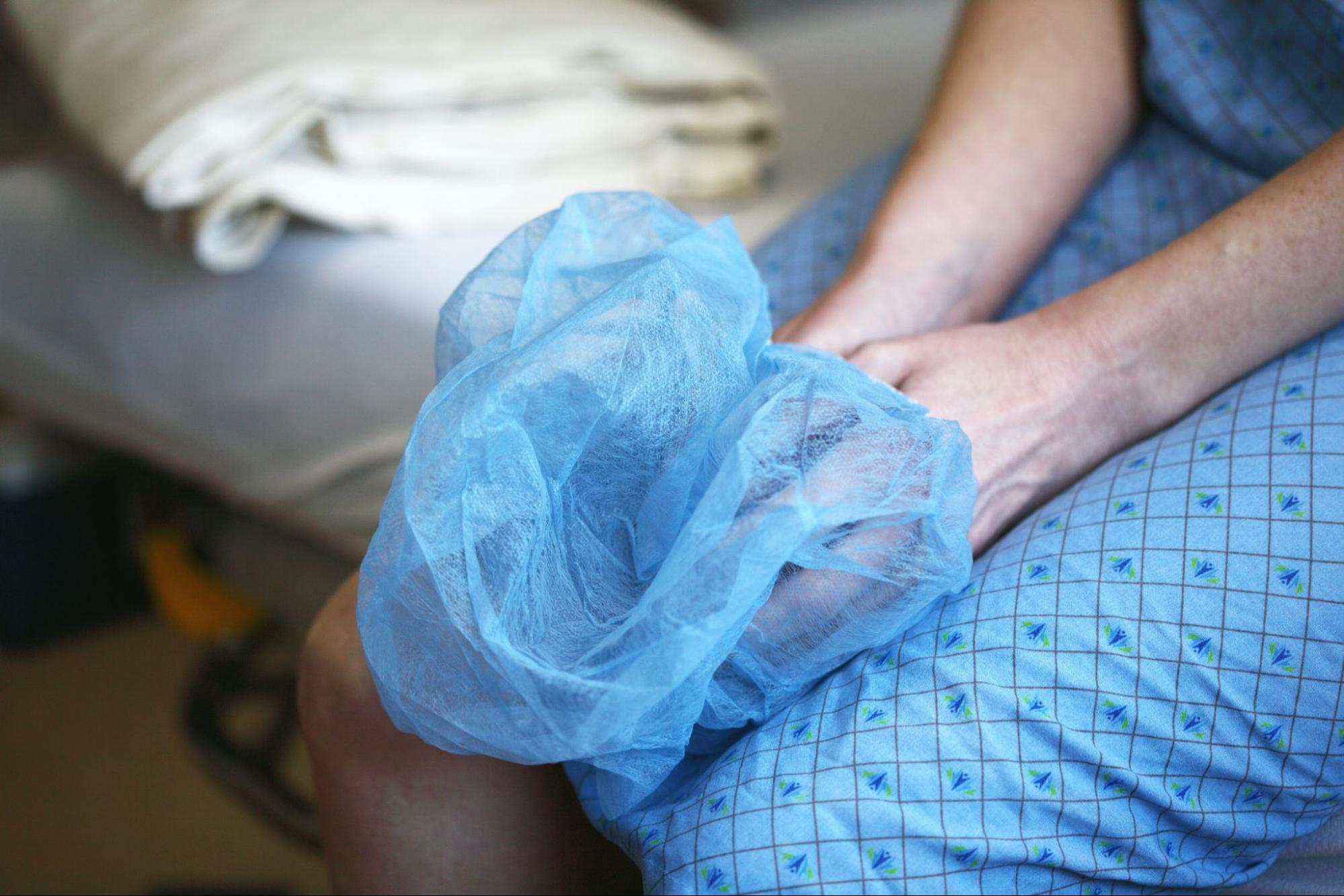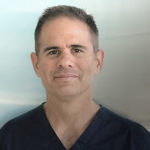
Posted by Laurence Weider on August 23, 2024
Breast reduction surgery, or reduction mammoplasty, is a specialized procedure designed to reduce the size and volume of the breasts by removing excess tissue, fat, and skin. This guide provides an overview of the procedure, recovery process, potential benefits, and associated costs, offering valuable insights for those considering this transformative surgery.
Importance of Selecting a Qualified Plastic Surgeon
Choosing a skilled and experienced plastic surgeon in Dallas is crucial for achieving optimal results in breast reduction surgery. Ensuring that the surgeon is board-certified and has a reputable history with breast reductions can significantly minimize risks and enhance outcomes. Individuals in Dallas seeking such expertise should prioritize surgeons with strong professional credentials and proven experience in the field.
Understanding the Breast Reduction Procedure
The surgery involves multiple stages designed to reshape and resize the breasts, enhancing both functionality and aesthetics.
Key Steps in the Procedure
- Tissue Removal: Excess breast tissue, fat, and skin are surgically removed to reduce the overall size and weight of the breasts.
- Reshaping: The remaining tissue is contoured to achieve a natural and proportionate appearance.
- Elevating Techniques: To improve positioning, methods such as anchor-shaped or lollipop-shaped incisions are employed:
- Anchor-Shaped Incisions: Ideal for significant reductions, involving incisions around the areola, vertically down to the breast crease, and horizontally along the crease.
- Lollipop Technique: Suitable for moderate reductions, using incisions around the areola and vertically down to the breast crease.
Recovery Process: Short-Term and Long-Term
Recovery after breast reduction surgery is a phased process that requires proper care to ensure optimal healing and desired outcomes.
Short-Term Recovery
- Swelling Management: Techniques such as elevation, cold compresses, and hydration help reduce swelling.
- Incision Care: Maintaining clean and dry incisions, changing bandages as directed, and avoiding strenuous activities are critical during this phase.
Long-Term Recovery
- Scar Treatment: Utilizing silicone sheets, gels, laser treatments, or prescribed ointments can minimize scarring.
- Proper Support: Wearing a well-fitting bra indefinitely is recommended to maintain results and support healing.
Adhering to post-operative guidelines during both phases ensures a smoother recovery experience and lasting benefits.
Potential Benefits
Breast reduction surgery offers numerous physical and psychological advantages:
- Physical Relief: Many patients experience alleviation of chronic back, neck, and shoulder pain. Issues such as skin irritation or infections under the breasts also tend to resolve.
- Enhanced Self-Image: The surgery can significantly improve self-esteem and body image, allowing greater confidence in physical appearance and increased participation in activities.
These benefits contribute to the life-changing impact of the procedure for many individuals.
Emotional Well-Being Post-Surgery
The positive effects of breast reduction extend beyond physical improvements. Many patients report enhanced self-confidence and reduced emotional distress associated with physical discomfort. The ability to engage in activities without limitations often results in an improved overall quality of life.
Cost Considerations and Insurance Coverage
The cost of breast reduction surgery varies due to factors such as geographic location, surgeon experience, facility type, and anesthesia fees.
Factors Influencing Costs
- Geographic Location: Urban areas often have higher costs due to elevated living expenses.
- Surgeon Experience: Breast reduction surgeons with extensive experience and a strong reputation may charge higher fees, reflecting their expertise and the quality of care they offer.
- Facility and Anesthesia Fees: Outpatient centers and anesthesia administered by professionals add to the total expense.
Insurance Coverage
Breast reduction surgery is frequently considered medically necessary when performed to alleviate symptoms such as chronic pain or skin irritation. Insurance providers may cover the procedure under these conditions.
Tips for Navigating Insurance Reimbursement
- Consultation with a Surgeon: Document symptoms to support medical necessity.
- Pre-Authorization: Understand the insurance provider’s requirements.
- Detailed Submission: Include letters from the surgeon, medical records, and photos as needed.
- Follow-Up: Stay proactive to ensure all paperwork is reviewed and processed.
Understanding these financial aspects can help patients manage the costs effectively.
About Dr. Weider: Expert in Breast Reduction Surgery
Dr. Weider, based in Dallas, is a highly respected breast reduction surgeon with extensive training and years of experience. Known for his attention to detail and commitment to patient well-being, Dr. Weider combines advanced techniques with personalized care to achieve optimal results.
Expertise and Approach
- Advanced Training: Dr. Weider’s educational background includes specialized training from esteemed institutions, ensuring mastery in surgical techniques.
- Customized Procedures: Tailored methods, such as anchor-shaped or lollipop incisions, meet the unique needs of each patient.
- Patient-Centered Care: Emphasizing patient education and comfort, Dr. Weider prioritizes both physical and emotional well-being throughout the surgical journey.
Choosing an experienced and dedicated surgeon like Dr. Weider ensures a professional and satisfactory experience for those seeking breast reduction surgery.
Dr. Weider, a native of Southern California, is a Board-Certified Plastic Surgeon who has maintained a private practice in Dallas, TX since 1999. After attending Stanford University, he obtained his medical degree (M.D.) from Baylor College of Medicine in Houston. He then completed a one year surgical internship in Los Angeles at Harbor-UCLA Medical Center, followed by a four year general surgery residency in Dallas at Methodist Medical Center, and a two year plastic surgery fellowship in Cleveland at Case Western Reserve University.







